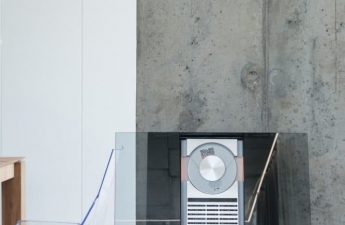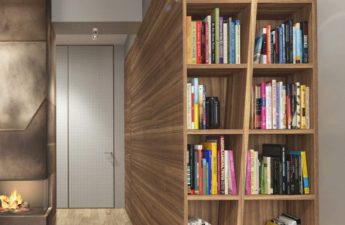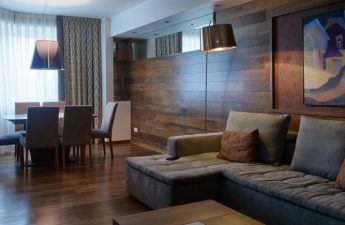This interior has white walls and lots ofcontemporary art pieces, antiques successfully coexisting with modern furniture, and a subtle style that is literally felt in the air. If you love discreet antiquity, classic forms and absolute peace, then this apartment will surely win your heart. Bureau property lab + art
Dmitry Kuznetsov and Natalia Vorobyova.
Education: Natalia - Moscow State Law Academy, Russian State University for the Humanities (history of arts), Details school.
Dmitry - Moscow State University of Commerce. www.partnerproject.ru
— We made an apartment in a tenement house from the beginning of the centuryfor ourselves. The house itself had long attracted our attention with the uniqueness of the stucco on the facades. And when we came to see the apartment, we immediately understood - it was ours. We were lucky that the century-old floors, doors and stucco were preserved inside. This formed the basis of the entire concept. We decided that the interior should look as if several generations of one family lived here and something remained from each time and continues to exist harmoniously together. At the same time, the apartment should not look like an antique salon, but look light and modern. In addition, we have a large collection of modern art, which also had to be placed in the apartment.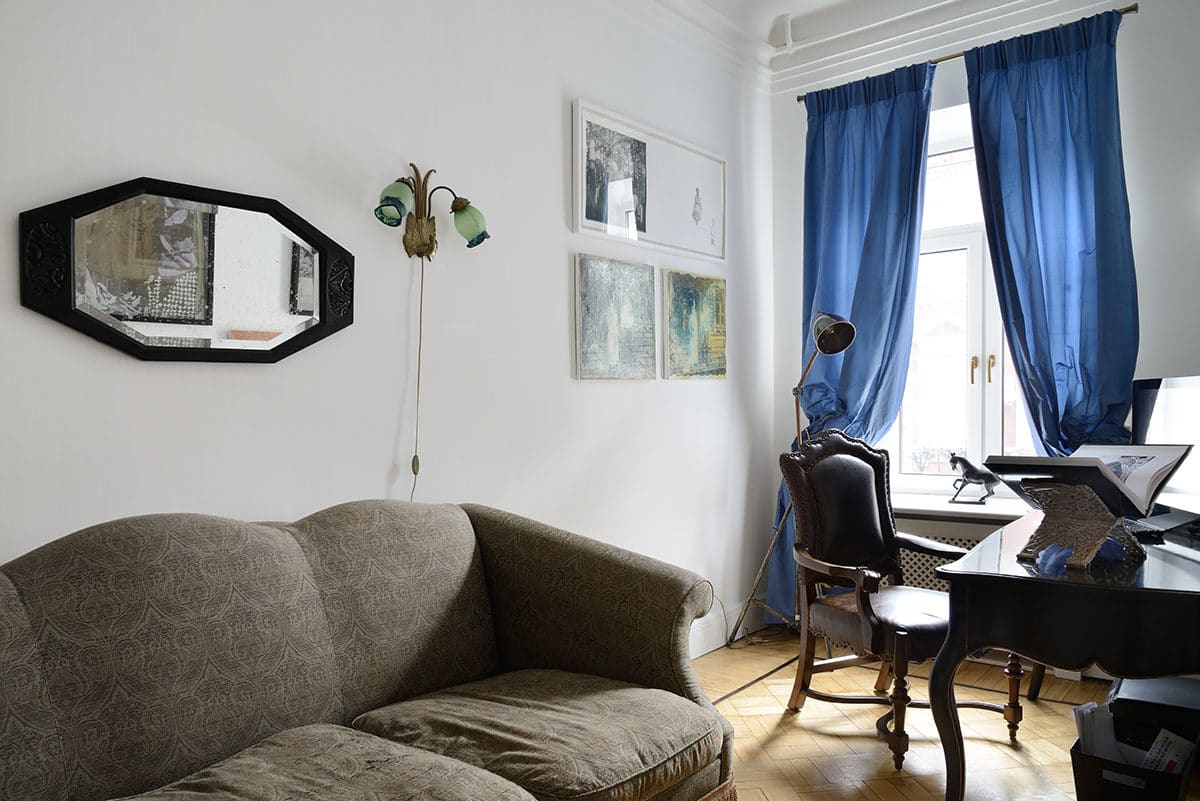
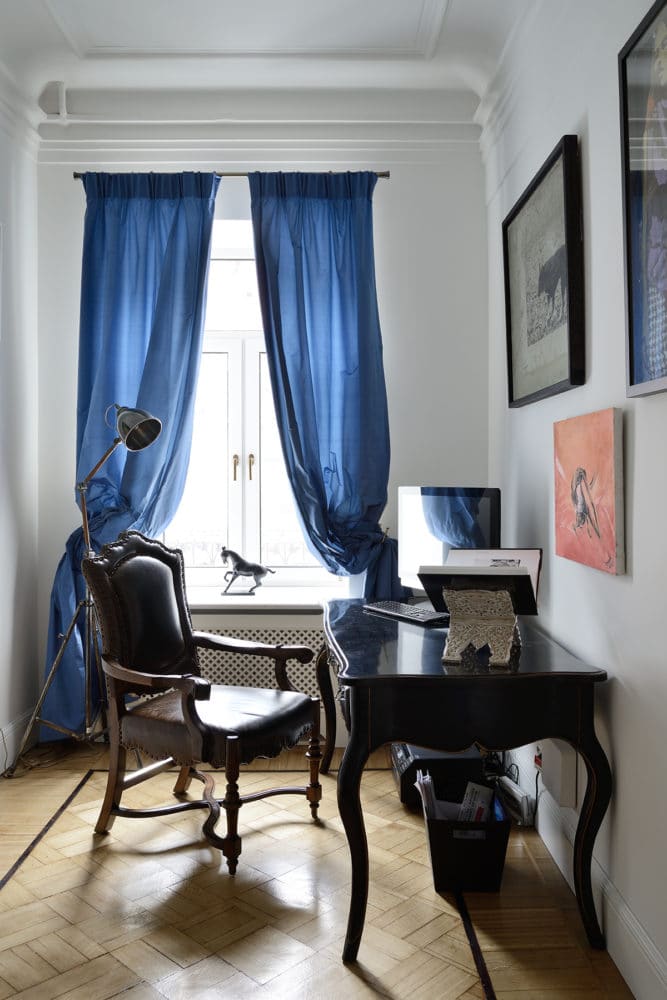
The layout had to be restored.We managed to find the historical plan of the apartment, which we followed. In Soviet times, the landings of the back staircase were attached to the apartments and bathrooms were installed there. Therefore, the apartment initially had two "wet spots" in which two full-fledged bathrooms were perfectly located. A lot of time and effort was spent on restoring the floor and doors. The century-old oak parquet retained all the "traces of use". To create a uniform surface, restorers touched it up by hand.
Before finishing the bathrooms and kitchen, we looked ata sufficient number of similar rooms preserved from the beginning of the 20th century. We wanted these rooms to look like they came from that time. Portuguese tiles TopCer and English plumbing Imperial helped. We found a kitchen with a classic ivory-colored facade from the Russian manufacturer Stylish Kitchens. And the Rosenlew retro refrigerator occupies a separate corner of honor.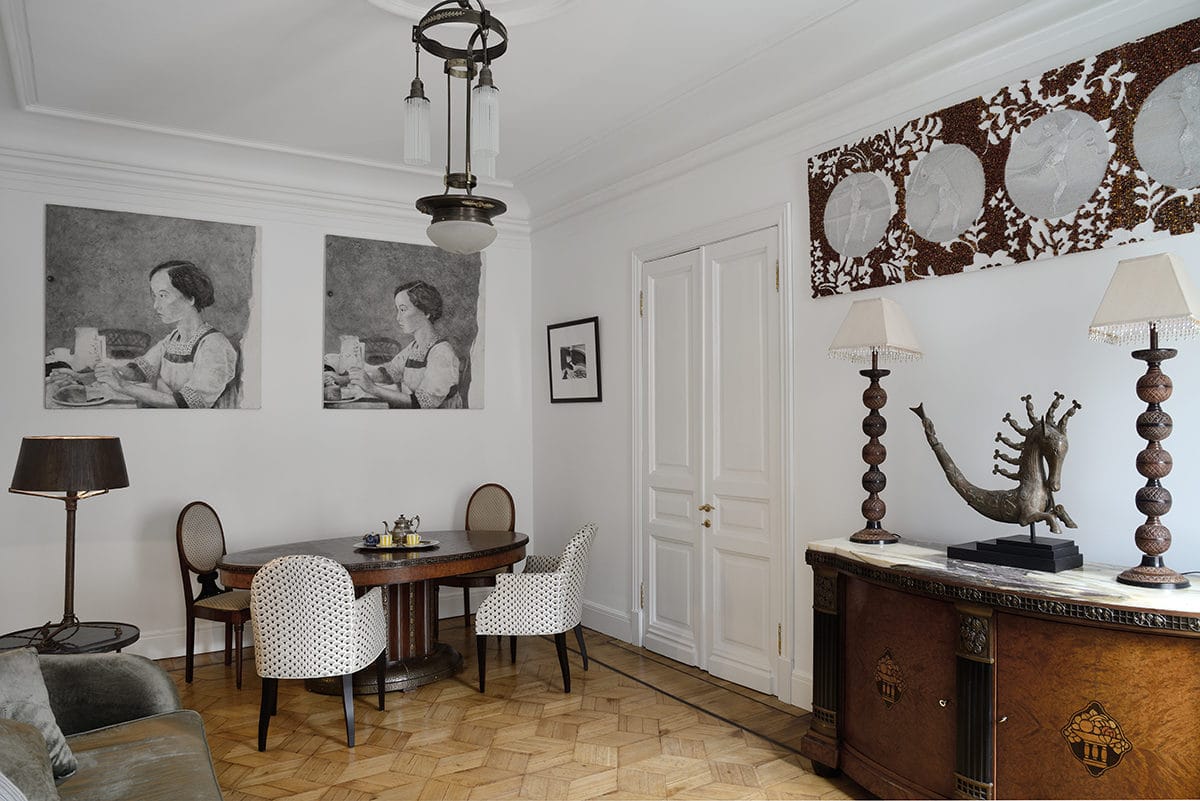

The stained glass windows were left by the previous owners.transoms above the doors made of Murano glass. We kept them, and the color of the glass provided the basis for the color scheme of the decor — the upholstery of the furniture and curtains. We used velvet and silk — fabrics popular in interiors at the beginning of the century. We found suitable colors at Houles, where we also ordered brass cornices and curtain holders. We selected switches and toggle switches from the French company Meljac. We didn’t spend a long time choosing the furniture. Some collectibles came from the previous apartment. We found some at antique dealers and brought some from our travels.
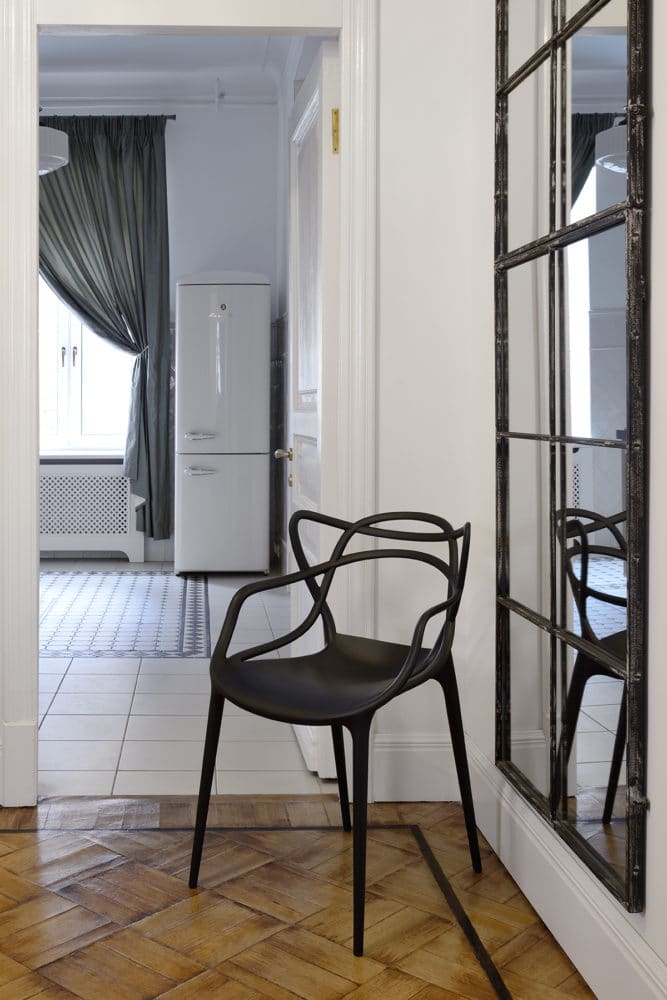
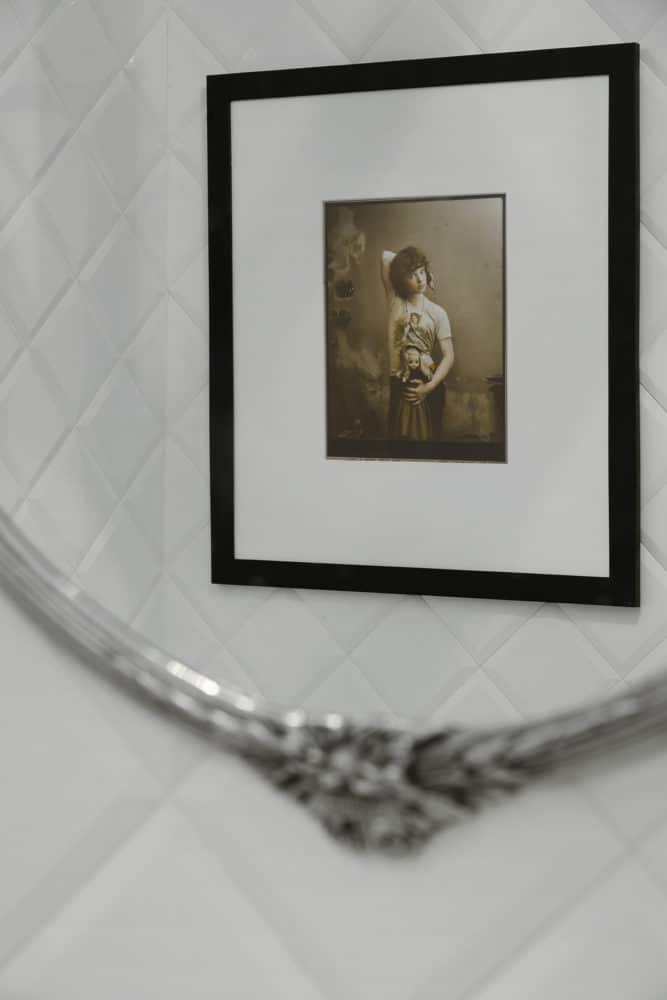
Diamond Chest by Barbara Barry andBaker chairs have taken up residence in the small living room. Under the painting by Georgy Pusenkoff is a hand-painted console table by Alfonso Marina Ebanista. The Russian Art Nouveau chandelier was brought from an antique salon in St. Petersburg.
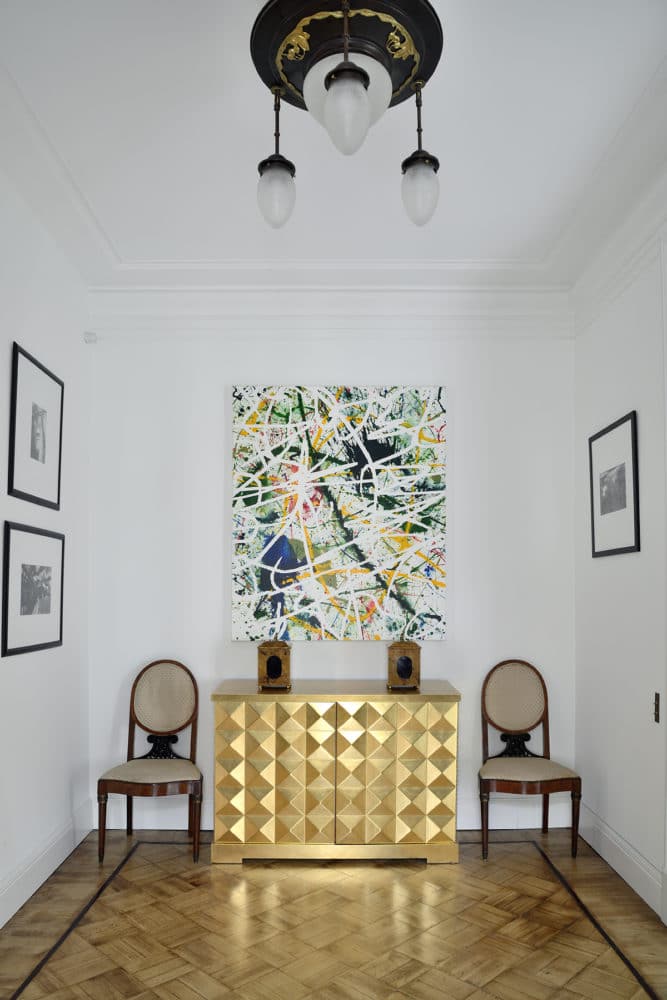
Library: antique mirror and lamps bought at a flea market. Sofa — Baker. Lamp — Chehoma. On the wall — works by Bogdan Mamonov.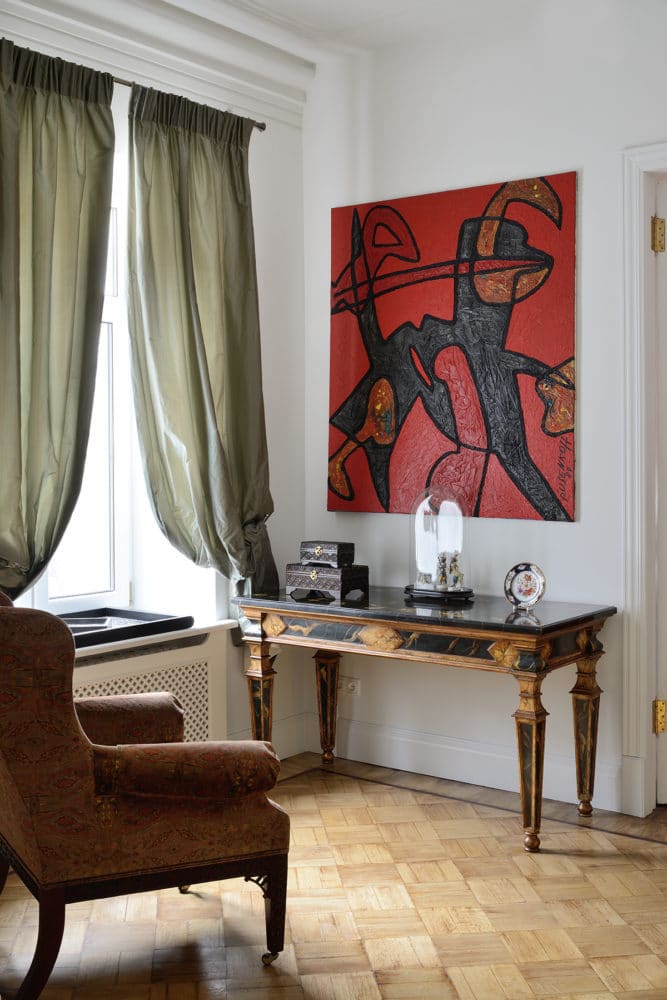

Living room:The table, chairs and chest of drawers with elements of marquetry, carving and brass decor from the 1920s were brought from Lyon. Above the table is a diptych by Bogdan Mamonov. The Russian Art Nouveau chandelier is from St. Petersburg. The restorers have put a lot of effort into bringing it back to life. The coffee table is Calista by Collection Pierre. The armchairs are Ensemble London. The bronze table lamps are by Jean Louis Deniot. On the chest of drawers are lamps from Indonesia. Above them is a panel of beads and semi-precious stones by Olga Soldatova. Above the sofa is a work by Georgy Pusenkoff.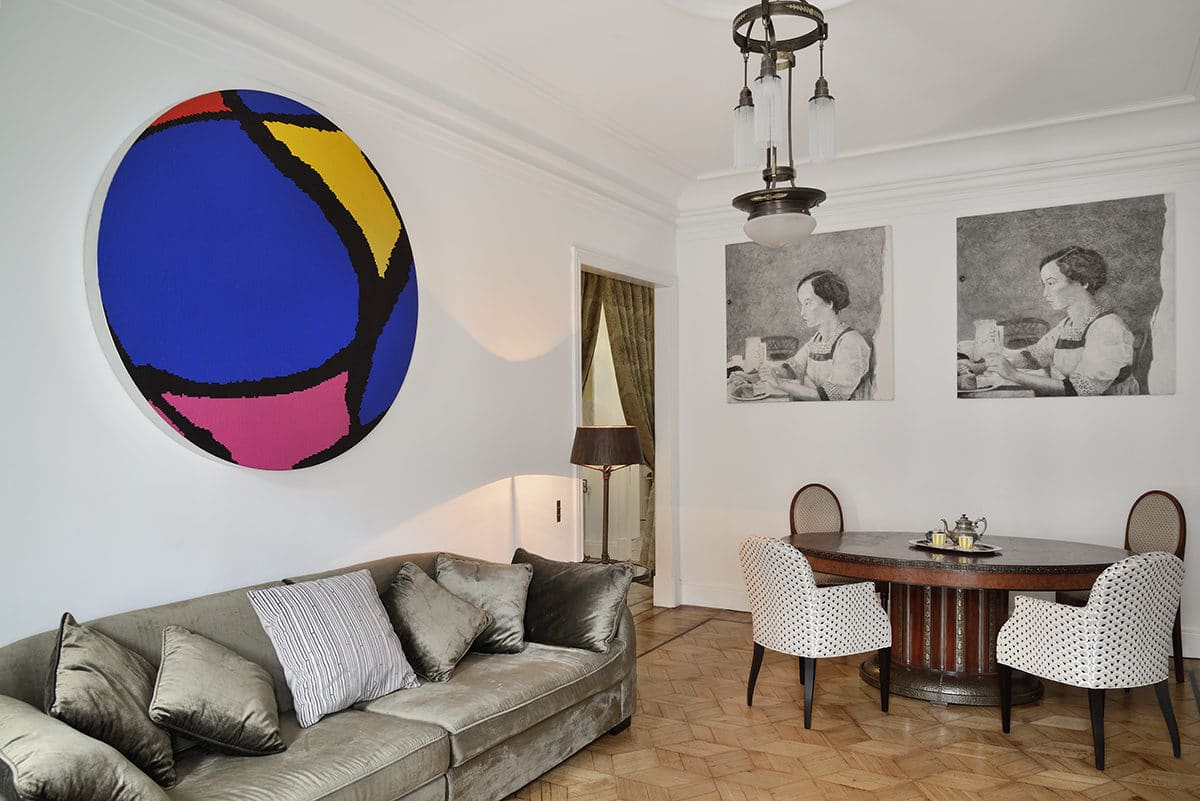
Bedroom:English lamps — Artemis design, bed — Vinoti living by Halistya. Hallway: antique sofa "Bat" created by Viennese designer Josef Hoffman for the cabaret of the same name. Coat rack — Eichholtz. Mirror — Pomax. Chair — Masters Philippe Starck in collaboration with Eugenie Quitlet Kartel.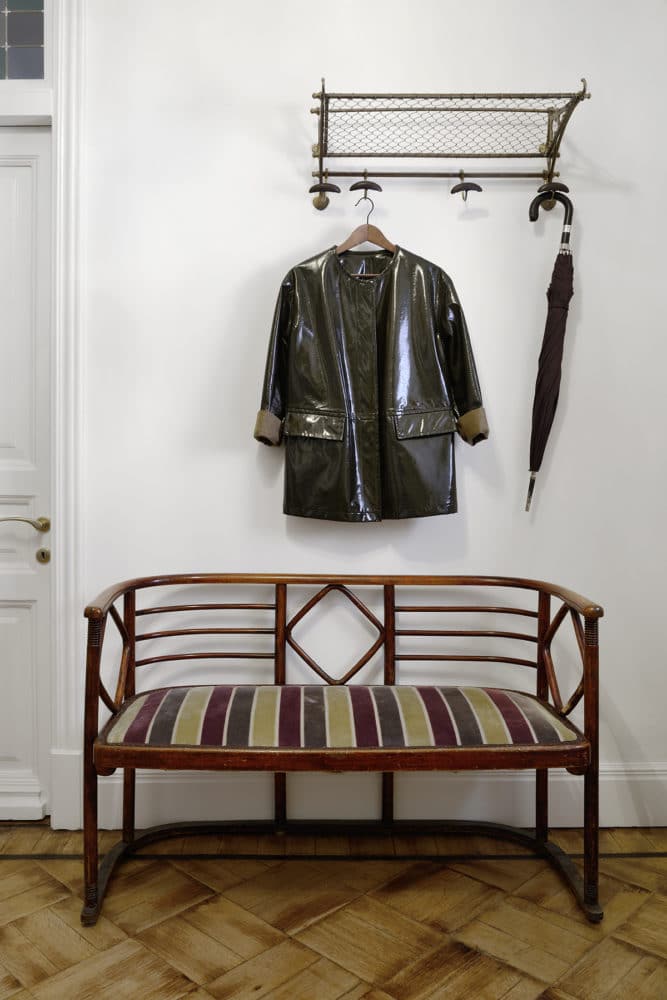 Photo: Alexey Naroditsky.
Photo: Alexey Naroditsky.
